Desarmillaria tabescens
Scientific name: Desarmillaria tabescens (Scop.) R. A.
Koch and Aime
Derivation of name: tabescens means "decomposing"
referring the activities of this mushroom.
Synonyms: Armillariella tabescens (Scop.) Singer,
Armillaria tabescens (Scop.) Emel
Common name(s): Ringless honey mushroom.
Phylum: Basidiomycota
Order: Agaricales
Family: Physalacriaceae
Occurrence on wood substrate: Parasitic/saprophytic; in
cespitose clusters at the base of living or dead trees (often
oak), stumps, or from buried wood or roots; June through
fall.
Dimensions: Caps are 3-10 cm wide; stipes are 5-20 cm
long and 0.4-1.6 cm wide.
Cap: Dry, yellow-brown with darker hairs or tufts of fibers.
Gills: Subdecurrent; whitish, becoming pinkish-brown.
Spore print: White.
Stipe:
White above, darkening to brown near the base.
Veil:
Absent.
Edibility: Choice with caution.
Comments: Sometimes occurs in dense cespitose clusters.
Of the species in the Armillaria complex, this is the most
distinct due to the lack of a ring.
More information at MushroomExpert.com:
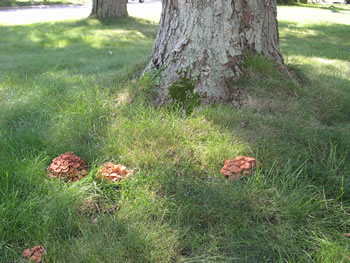
Figure 1. A typical fruiting of Desarmillaria tabescens.
The specimens in this view are fruiting near a living
silver maple tree, Acer saccharinum.
Photo © Jessica
Stolze-Rybczynski.
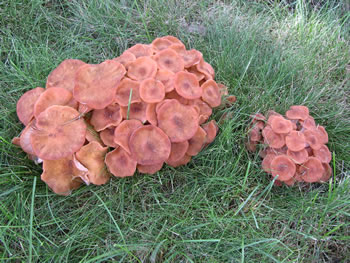
Figure 2.
Although not visibly growing on wood,
these
clusters of Desarmillaria tabescens are undoubtedly
attached to buried wood, most likely the roots of the
silver maple
tree
in Figure 1. Photo © Jessica Stolze-
Rybczynski.
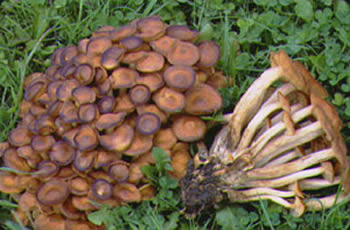
Figure 3. The ringless honey mushroom is aptly named,
the stipe does not have an annulus. Photo © John
Plischke III.
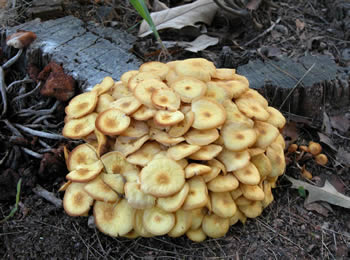
Figure 4. It is quite common for Desamillaria tabescens
to
grow in dense cespitose clusters.
Photo © Larry Grand.
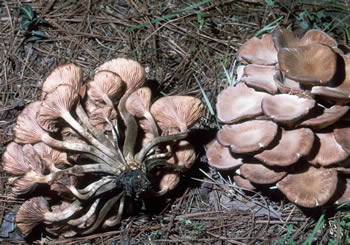
Figure 5. When mushrooms grow close together,
they sometimes deposit spores on adjacent caps. The
caps on the right
are whitish with spores and serve as
a field spore print.
Photo © William Roody.
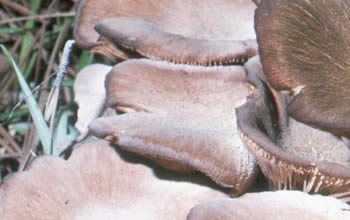
Figure 6. A closeup of some of the mushrooms in Figure
5,
showing the white spore deposit.
Photo © William
Roody.